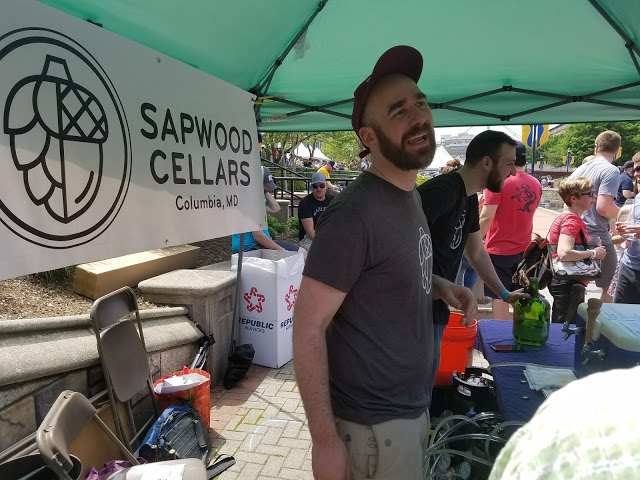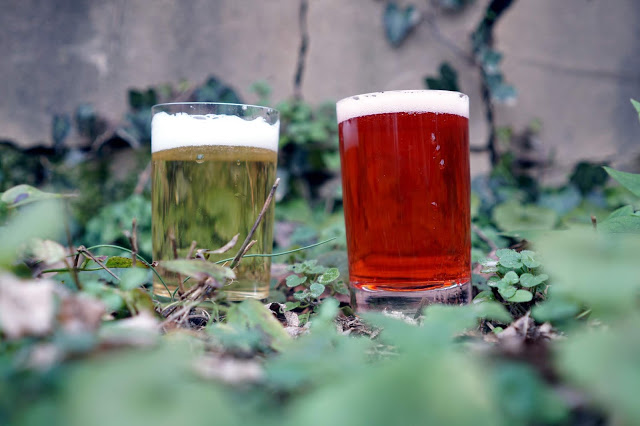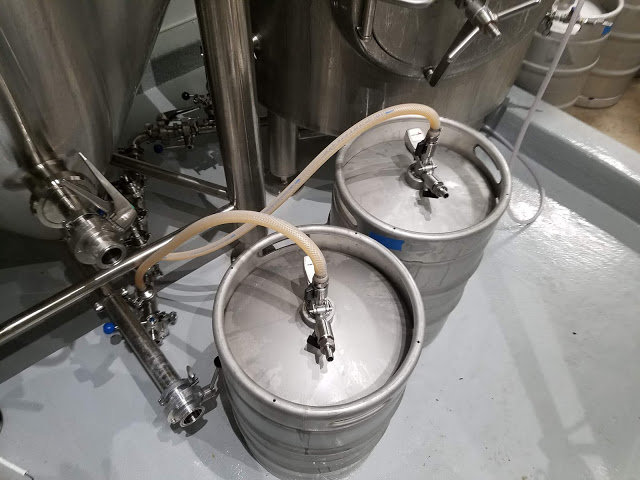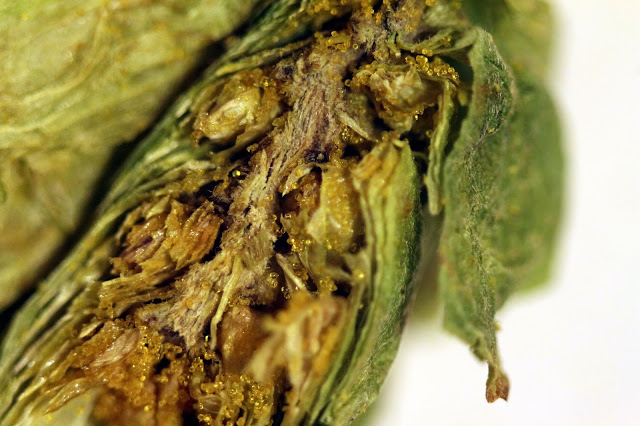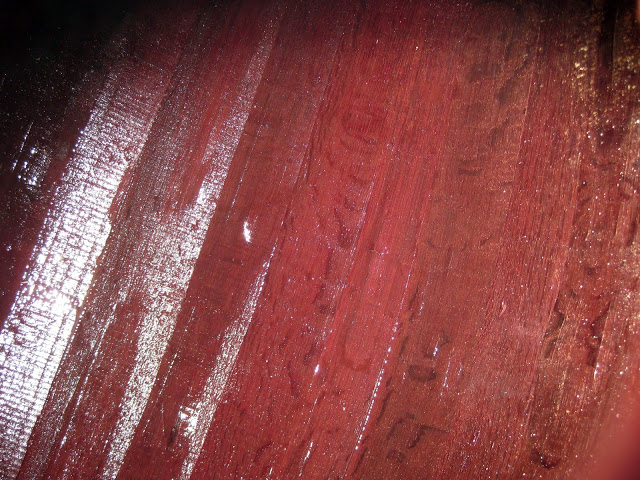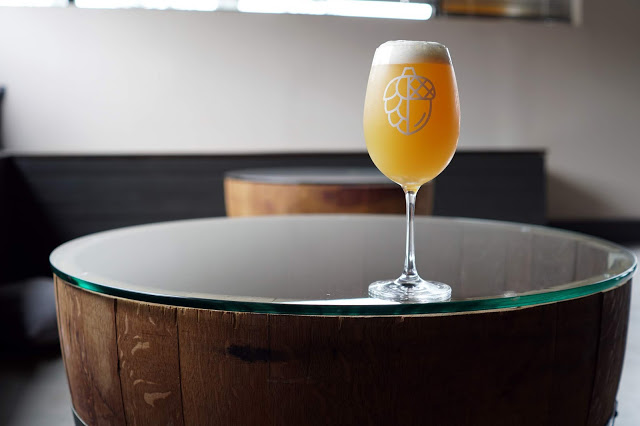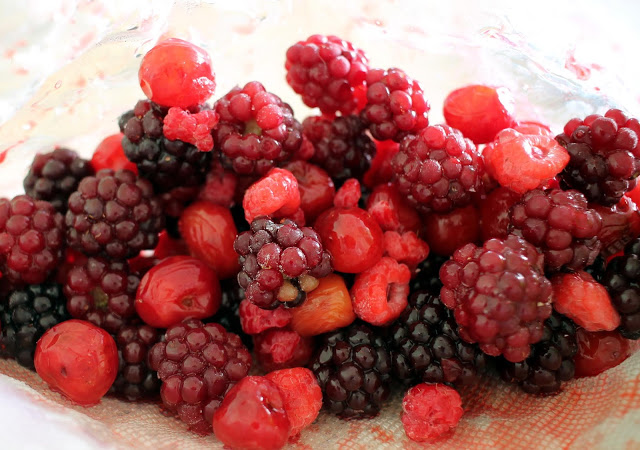On September 23, 2020, gluten-free breweries from around the world connected virtually at the 2nd Annual Gluten-free Beer Conference, hosted by Golden-based Holidaily Brewing Company. Out of over 8,000 craft breweries in the U.S., only 15 breweries are dedicated gluten-free, meaning they brew, package, and sell gluten-free beer only. The U.S. breweries in attendance included […]
The post Gluten-free Breweries Worldwide Attend The 2nd Annual Gluten-free Beer Conference appeared first on CraftBeer.com.





























